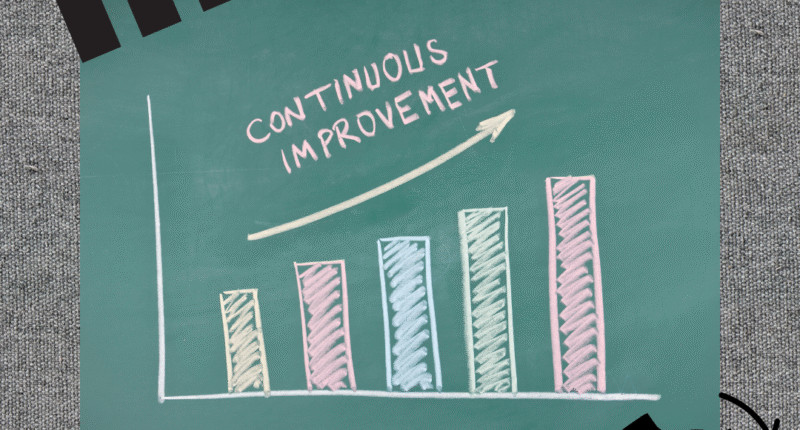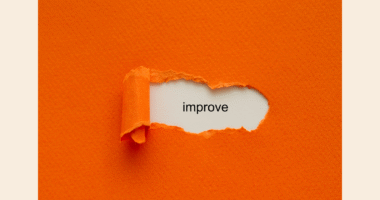Creating a Kaizen culture in your business is a powerful way to drive continuous improvement, enhance productivity, and engage employees at every level. Kaizen, meaning “change for the better,” emphasizes small, incremental improvements that accumulate into significant results. Building this culture requires commitment, structured processes, and a mindset that values innovation and efficiency.
Understanding the Kaizen Culture
A Kaizen culture is more than just a set of tools or processes—it is a way of thinking that permeates the entire organization. It encourages employees to consistently identify areas for improvement, eliminate waste, and contribute to problem-solving initiatives. Leaders play a vital role in modeling this mindset and creating an environment where suggestions are valued, and experimentation is encouraged.
Key Elements of a Kaizen Culture:
-
Continuous Improvement: Encourage ongoing enhancements, no matter how small.
-
Employee Empowerment: Everyone in the organization has the responsibility and authority to suggest improvements.
-
Collaboration: Promote teamwork across departments to solve problems efficiently.
-
Standardization: Document and standardize successful practices to maintain progress.
Step 1: Lead by Example
Leadership commitment is the foundation of a Kaizen culture. Managers should actively participate in improvement initiatives, communicate their importance, and demonstrate a willingness to adopt change. By modeling Kaizen principles, leaders inspire employees to take ownership of continuous improvement efforts.
Step 2: Engage Employees at All Levels
Employee engagement is critical for a successful Kaizen culture. Encourage staff to identify inefficiencies in their daily work and propose solutions. Use suggestion programs, brainstorming sessions, and Kaizen events to gather ideas. Recognize and reward contributions to reinforce positive behavior and participation.
Step 3: Provide Training and Resources
Equip employees with the knowledge and tools they need to implement improvements. Training programs on problem-solving techniques, lean management, and workflow optimization can help staff understand how to identify waste and implement effective solutions. Providing resources such as process mapping tools or project support ensures ideas can be executed successfully.
Step 4: Implement Incremental Improvements
Kaizen is built on small, continuous changes rather than large-scale overhauls. Encourage employees to test ideas on a small scale, measure results, and expand successful practices. Incremental improvements reduce risk, foster learning, and create a sense of achievement that motivates ongoing participation.
Step 5: Measure, Celebrate, and Standardize
Track progress using key performance indicators (KPIs) like efficiency, error reduction, and cycle time improvements. Celebrate successes to reinforce the culture and encourage further engagement. Once improvements are validated, standardize the new processes to ensure lasting impact and maintain consistency across the organization.
Fostering a Kaizen culture in your business requires leadership commitment, employee involvement, and a focus on continuous, incremental improvement. By creating an environment where suggestions are valued, improvements are recognized, and processes are standardized, organizations can achieve sustainable growth, operational excellence, and a motivated workforce.









